April 19, 2025 | 16:42 GMT +7
April 19, 2025 | 16:42 GMT +7
Hotline: 0913.378.918
April 19, 2025 | 16:42 GMT +7
Hotline: 0913.378.918
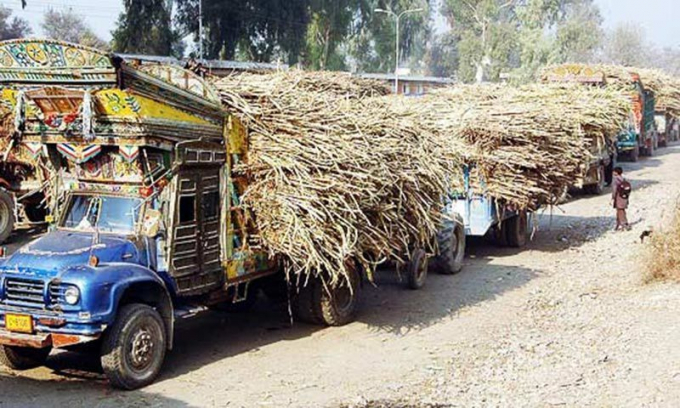
Reduction in production is caused mainly by controversy over of fixation of cane price. Photo: Dawn
More than 300 tractor trolleys packed with sugar cane stood in a queue outside the Mirpur Khas sugar mill in Sindh waiting to unload their trollies. This year like every other, the conflict between sugar mill owners and growers resulted in delays, leaving sugar cane producers frustrated.
Tractor driver Abdul Wahid, 35, waited outside of the mill for more than a week. He said over the years he has continue used to these sugar cane politics, to the point where he sees delays as inevitable. “No other way to avoid this, it’s a routine of every year,” Wahid said. Growers claim mill owners use delay tactics to increase their profit margins, while tripling the losses of growers. They say influential millers control access to the power corridor to make their own timelines.
According to a 1950 law, millers are supposed to begin crushing season (an important phase in sugarcane cultivation that leads to the production of sugar) on October 1. The law was amended in 2009 by the Sindh assembly to start crushing season between October 1 and November 30, which critics say benefits millers.
Mureed Ali Shah, a lawyer and sugarcane grower from Nowshehro Feroz said growers are being exploited because of this delay. Growers must harvest their crops before October to be able to begin growing another crop of sugarcane on the same land, he said. If sugarcane remains on the land used for other crops it will reduce the yield by four to eight tons per acre. He said it is possible for growers to harvest their crops before October but that would require sugar mills to begin crushing season on the first of the month.
However, due to the delayed start of crushing, land cannot be cleared for other crops and those crops must be grown alongside sugarcane, which hurts production. The longer sugarcane remains in the field, it loses weight due to sun exposure, which benefits mill owners – which is why delay tactics are being used -- and hurts growers, Shah said.
Since sugarcane production is a provincial matter, Shah said provincial governments must dictate the crushing date and price of sugar every year. Every year, the provincial government issues faulty notifications about the price of the product. Millers challenge these notifications in court, which can take several months and further delay the crushing season. Shah said this system is deliberate and results in millions in losses for growers of sugarcane in Sindh.
To avoid further losses from sun exposure, Shah said growers sell hurriedly at a lower rate. In the meantime, middlemen, who Shah alleges are connected to millers, actively buy up these cheaper products. All this business is done under the watch of the government since 30 percent of mill owners in Sindh are part of the government, Shah said.
On the other side, mill owners contend something different. Tara Chand, former chairperson of the Pakistan Sugar Mills Association (PSMA) said allegations from growers are baseless and misrepresent the system and the forces at play that are actively changing it.
When Chand was young, he said the winter season started in September, but due to climate change, it now doesn’t start to get cold until December of January. He argues sugarcane crops can’t be harvested before October because crop is immature at that point and have low sucrose levels.
Abdul Qayum Rajput, the spokesperson for the agriculture department said sugarcane growers do face issues with delays in the crushing season, which is also an issue mill owners face. He blames the open market in the province. He said the government of Sindh has written to the federal government to close the market, suggesting it should be maintained in zones.
Mir Zubair Talpur, the chairman of the Sindh growers’ alliance is opposed to that initiative and said it is another way of cheating because the apex court of Pakistan has already made a verdict against marketing in zones, saying it would be in contempt of court if the federal government or any other authority notified it.
Sindh is the second highest sugarcane producing province in the country. Nearly one million growers are engaged in sugarcane cultivation in Pakistan. Out of that number, 200,000 growers are in Sindh. According to a Pakistan Sugar Mills Association (PSMA) annual report, out of 38 sugar mills in Sindh, 34 are functional.
Pakistan is fifth in the world for sugarcane production, and up until 2016 was increasing its production at a rate of around 3 percent per year. According to data from the Pakistan Bureau of Statistics, sugarcane growth has declined for the past ten years. Pakistan now has a 17 percent lower yield than the world average – much lower than main sugarcane producing countries, according to a study by Centre for Agriculture and Bioscience International (CABI).
The study highlights the low rates to producers, despite high prices asked of domestic and international consumers. It also found a growth rate of the 1.7 in Sindh compared to a growth rate of 2.7 in Punjab.
This year the provincial government has issued a notification of Rs. 250 per 40kg., which PSMA has challenged in the Sindh High Court, which has delayed the province in setting a fixed rate. With the steady decline in production, growers are wondering who to complain to.
Talpur from the Sindh growers’ alliance said growers are fed up with unresolved problems in the industry, which are affecting their livelihoods. As a grower himself, he said he feels the pain of those who’ve taken financial hits because of the yearly controversy surrounding prices and production. He said many small growers have stopped cultivating sugarcane altogether because they don’t get the right price for their product, which middlemen don’t buy from them on time.
After the government of Sindh made its notification of Rs250 per 40 kilograms, mill owners filed a petition in the Sindh High Court. The instant petition was dismissed and consequently the mill owners filed a reviews petition against the verdict. Since then matter is under review. Mamoon Chowdhary, an advocate, is pleading for the government to immediately increase the rate to avoid such a delay.
When a similar thing happened in 2020, it took the high court many months to make a final decision. During this time, growers say they lost profit. For some growers, such repetitions of feel deliberate, Talpur said. “Tell me, where do we go and who do we complain to?”
(Tribune)
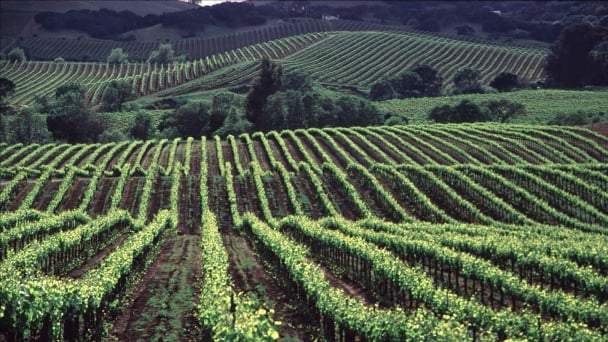
(VAN) California's $59 billion agriculture industry faces serious disruption as the U.S. clashes with China - one of the state's major export markets.
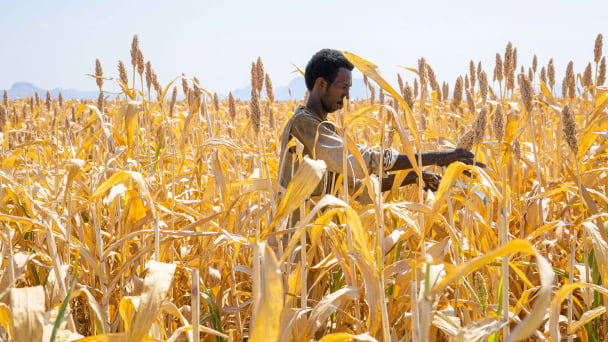
(VAN) Five things you should know about Sudan's food security crisis.
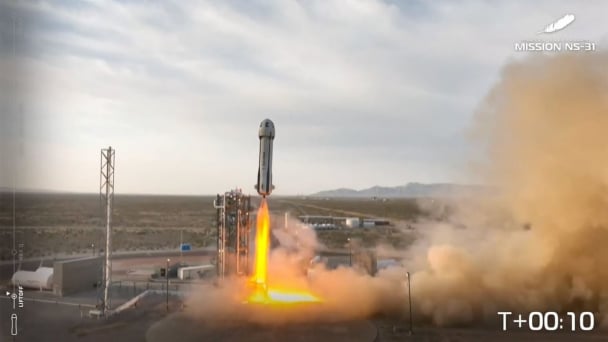
(VAN) 169 lotus seeds selected by the Vietnam Academy of Agricultural Sciences were carried into space by Vietnamese-American astronaut Amanda Nguyen.
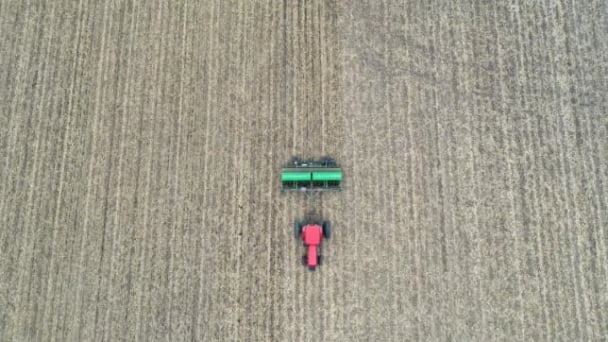
(VAN) Tariffs are making life more expensive for John Pihl. He's been farming in Northern Illinois for more than 50 years.

(VAN) European and American farmer organisations are concerned about the import tariffs that the United States introduced on 9 April for products from the European Union. This makes them 20% more expensive.

(VAN) Global poultry trade is expected to remain strong amid relatively tight global protein supply and growing consumption, RaboResearch concludes in its latest animal protein report.
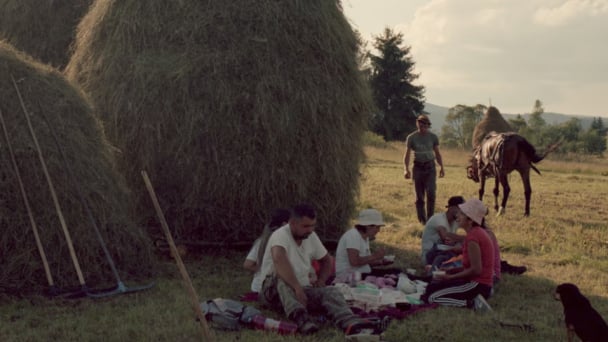
(VAN) Traditional methods benefit hundreds of species but as new agricultural techniques take over, the distinctive haystacks mark a vanishing way of life.